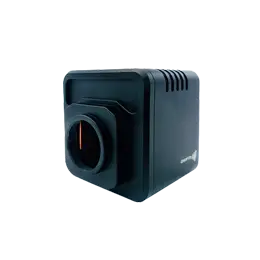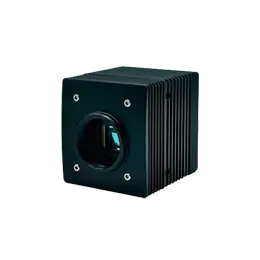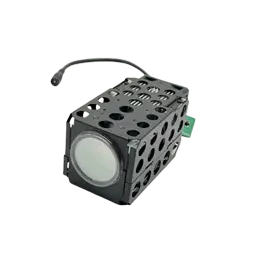Ⅰ. Pay special attention to the following when choosing an industrial camera:
1. Decide whether to choose a CCD camera or a CMOS camera according to the application. CCD industrial cameras are mainly used for image extraction of moving objects (such as placement machines). Of course, with the development of CMOS technology, many mounters also use CMOS industrial cameras. CCD industrial cameras are usually used in visual automatic inspection procedures or industries. CMOS industrial cameras have the characteristics of low cost and low power consumption, and are more and more widely used.
2. To select the resolution, first consider the accuracy of the object to be observed or measured, and then select the resolution according to the accuracy. Next, let's look at the output of the industrial camera. If it is posture observation or machine software analysis and recognition, high resolution is helpful; if it is VGA output or USB output, it also depends on the resolution of the display screen and the resolution of the industrial camera. No matter how high the display resolution is, it is not enough. The high resolution of industrial cameras is also helpful when using memory cards or camera functions.
3. To match the lens, sensor chip size must be less than or equal to the lens size, and the C or CS base should also match (or add an adapter).
4. Camera frame number selection. When the object to be tested has motion requirements, an industrial camera with a high frame rate should be selected. But generally speaking, the higher the resolution, the fewer the number of frames.
Ⅱ. The main factors that affect our choice from the interface of USB industrial cameras and 1394 industrial cameras are as follows:
1. Protocol specification: There are more than 50 kinds of industrial specification protocols related to 1394 equipment, which involve equipment from video cameras to industrial cameras. Most of the 1394 industrial cameras of various infrared camera manufacturers follow the DCAM industry specifications. The USB industrial camera interface is a commercial specification recently developed from commercial PC applications.
2. Power supply mode: The operating voltage of 1394 industrial cameras is 8 to 30VDC, and the operating voltage of USB industrial cameras is 5VDC. From the perspective of power supply range, the 1394 interface meets the DC power supply requirements of individual devices in the industrial field, such as 12VDC or 24VDC; while the USB interface uses electronic circuit TTL standard voltage power supply, which is generally used for internal power supply of the device.
3. Operating system coordination: The 1394 industrial camera can keep the original address unchanged after the system restarts, while the USB industrial camera needs the system to re-allocate the address every time it is started.
4. Data transmission: 1394 interface has inherent advantages when dealing with data transmission of multiple industrial cameras. From the development background, the USB interface is a new generation of high-speed data transmission interface that undertakes the RS232 interface, and the industrial camera with the 1394 interface is designed as a replacement for SCSI and PCI buses.



